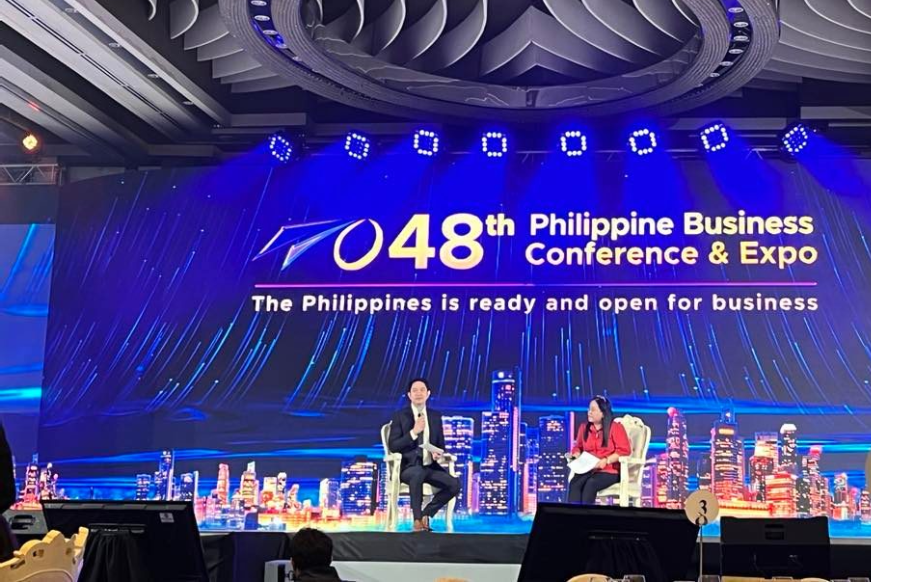
To address the challenges in the tourism and hospitality sector, the Department of Tourism (DOT) presented its 7-Point Agenda:
Improving Tourism Infrastructure and Accessibility;
Cohesive and Comprehensive Digitalization and Connectivity;
Enhancement of Overall Tourist Experience;
Equalization of Tourism Product Development and Promotion;
Diversification of Portfolio through Multidimensional Tourism;
Maximization of Domestic Tourism; and,
Strengthening Tourism Governance through Close Collaboration with LGUs and Stakeholders.
Following President Bongbong Marcos’ marching order, where tourism was identified as a major pillar of economic growth, this 7-Point Agenda is said to be the comprehensive objective of the Tourism Department to revitalize the tourism and hospitality sector after being devastated by the Covid-19 Pandemic.
Following that are the three key strategies, namely (1) Connectivity, (2) Convenience, and (3) E(quality), to achieve the seven main objectives mentioned above.
Additionally, the DOT has partnered with the Department of Labor and Employment (DOLE) and the Department of Transportation (DOTr). Recently, DOT and DOLE have launched the Trabaho, Turismo, Asenso! The program provides employment opportunities addressing the 12,000 deficiency in the workforce within the country. DOT was able to gather 8,000 job openings all over the country in the key areas of Manila, Cebu, and Davao. While the DOTr will oversee the beautification of ports in NAIA Terminal 2, the Davao International Airport, and the Cebu City Pier 1, slated to begin before 2022 ends.
Thus, the DOT’s 7-Point Agenda is also aligned with the 8-Point Economic Agenda of the Marcos Administration.
DOT Usec. Mae Elaine T. Nathan reported this during the 48th Philippine Business Conference and Expo on the 19th day of October 2022 at the Manila Hotel. AOB
